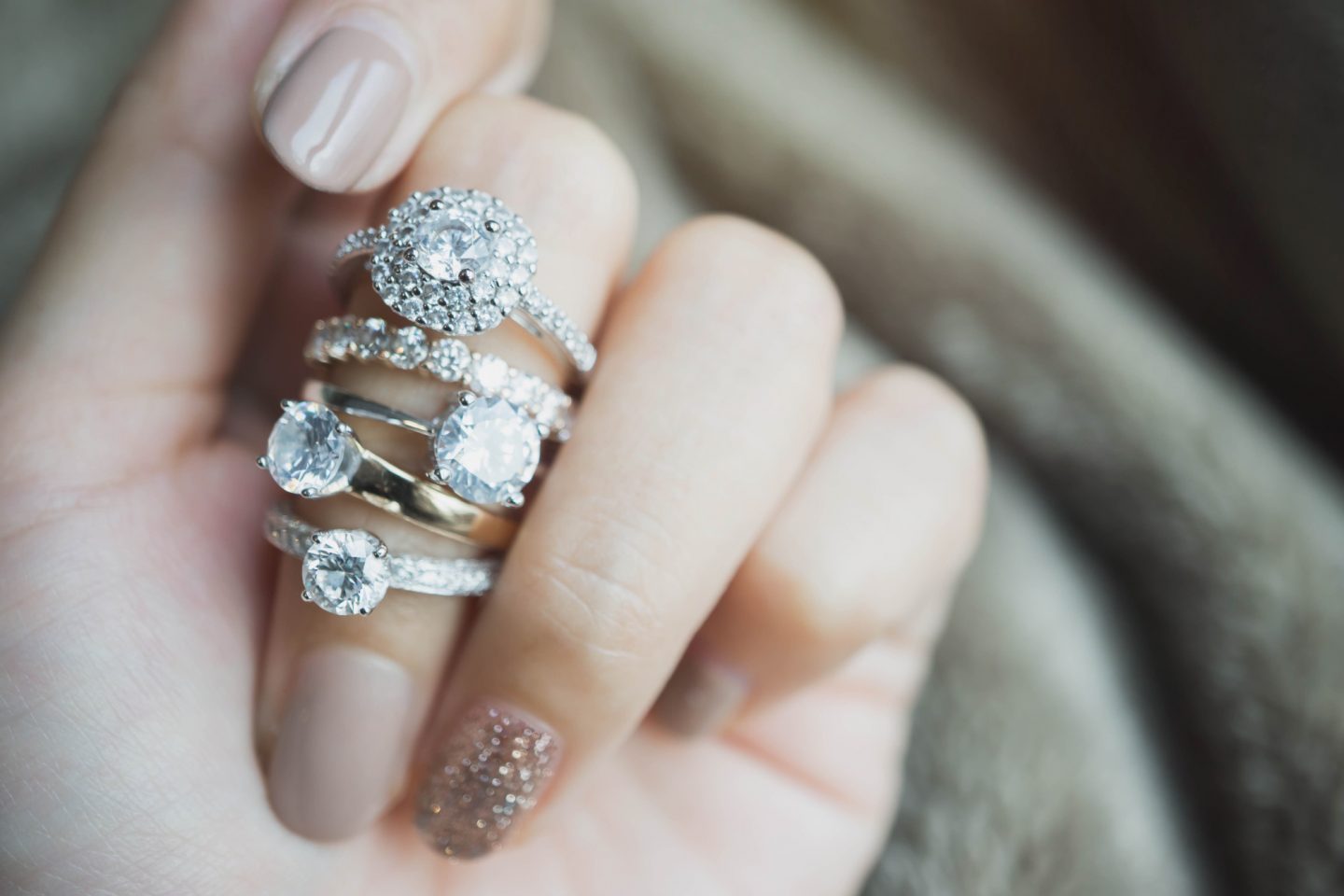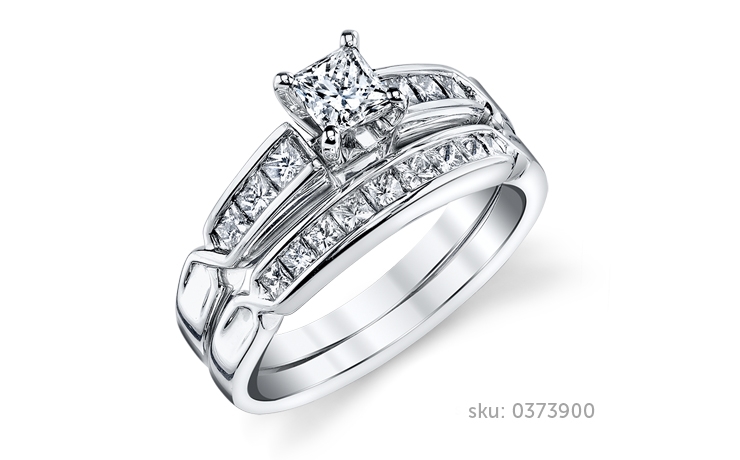The Basic Principles Of Engagement Rings
The Basic Principles Of Engagement Rings
Blog Article
Facts About Engagement Rings Uncovered
Table of ContentsEngagement Rings Things To Know Before You Get This10 Simple Techniques For Engagement RingsThe smart Trick of Engagement Rings That Nobody is DiscussingThe Best Guide To Engagement RingsWhat Does Engagement Rings Do?6 Easy Facts About Engagement Rings Explained
Tension-style settings also offer much far better safety and security for the gems. Most tension-style settings are made for round fantastic diamonds or other round gemstones, however they can be modified to fit several other forms. The setup can additionally be modified to have accent gems around the centre rock or to enable a side rock on each side of the centre rock.Creates an optical impression of the centre gemstone hanging in the air. If it has prongs, they can come to be loosened with wear. This is easily treated by having the ring regularly cleaned and examined by a jeweller.
Examine This Report about Engagement Rings
The very first ring with a true stress setting was made in Vreden, Germany in the 1970s. Ursula Exner and popular carver Walter Wittek functioned together to layout and make this very first ring. In the following years, other jewelers designed their own tension setups, as well as the much more safe and secure and functional tension-style setups.

This gives the ring a simple, however trendy beauty that works well for both males and females's wedding rings, along with engagement rings. The flush setup is often additionally called a gypsy setting. We can't say without a doubt just how it came to have that name, but probably it is because the setup stands for a cost-free spirit.
The Main Principles Of Engagement Rings
Flush setups function well for round, square or rectangular gemstones, but they can be difficult to adapt to specific fancy cuts, for instance, a heart-shaped diamond. Keeps the gemstones safe and protected. Puts on especially well. Practical for people with active lifestyles. Stands apart for having a straightforward, however fashionable elegance.
Frequently impractical for heart-shaped treasures and a few various other gems with expensive cuts. Rings with flush or gypsy settings have been around given that the late 1800s.
Solitaire engagement rings have just one centre gems on an ordinary band. Several various other interaction rings, though, likewise have accent gemstones. Accent gems can be rubies or a selection of other jewels. They generally range in dimension from tiny to modest and are established close with each other. Accent gems are included in engagement rings particularly to boost brilliance and shimmer.
4 Easy Facts About Engagement Rings Explained
There are 4 setups that are extensively utilized you could try these out to hold accent gems. The castle setting earned its name since from the side it resembles the battlements in addition to a castle wall. This setting is also regularly called the scallop setting. Castle setups are made straight on the shank of the ring.
The prongs in a castle setting can be straight up and down with simple spherical ideas or they can be cut at an angle to ensure that they resemble fishtails. These fishtail prongs can also be called French cut prongs. Castle settings are extremely flexible. They can be set completely around the shank, just positioned throughout the ring's shoulders or utilized to produce a halo around the centre gemstone.
The Main Principles Of Engagement Rings
If it is well made, the low official website scalloped side of the castle setting can likewise create an optical illusion. It allows the sides of the gems to be quickly seen and produces the impact that the treasures are being held in an unseen setup.
Creates the impression of an unseen setting. The little prongs can come to be loosened. We advise that rings with the castle setting be cleaned sometimes by a jeweler, so that the prongs can be checked.
The prongs on a castle setup can capture on clothes, yet this is uncommon because the prongs are smooth. The castle setting can be used to make beautiful endless time rings. The very first eternity rings were created in the 1960s. Those original rings, like endless time rings today, have a row of closely set gems entirely encircling their shank.

The Best Strategy To Use For Engagement Rings
The bead setup is an extremely safe and secure setup. The sides of the channel secure the accent gems from bumps and scratches and the handmade prongs hardly ever become loose. One downside of the bead setting is that the gems obtain much less light due to the fact that they are put down in the channel. This causes the gems generating special info somewhat less brilliance and shimmer.
Every gem in the grain setting is surrounded by 4 shiny grains that are degree with the top of the shank. These grains capture the light and release their very own sparkles in every instructions. The grains' shimmers along with the radiance and shines produced by the accent gems bring the bead setting to life and offer it continuous sparkles.
They can use it to make infinity rings, as well as to decorate the straightforward shank or more detailed split shank that some involvement rings have. In the basic grain setup, the accent gems are embeded in one straight line. Sometimes, however, jewelers will enhance the glimmer on an engagement ring by including 2 or even more parallel lines of grain set gems.
Report this page